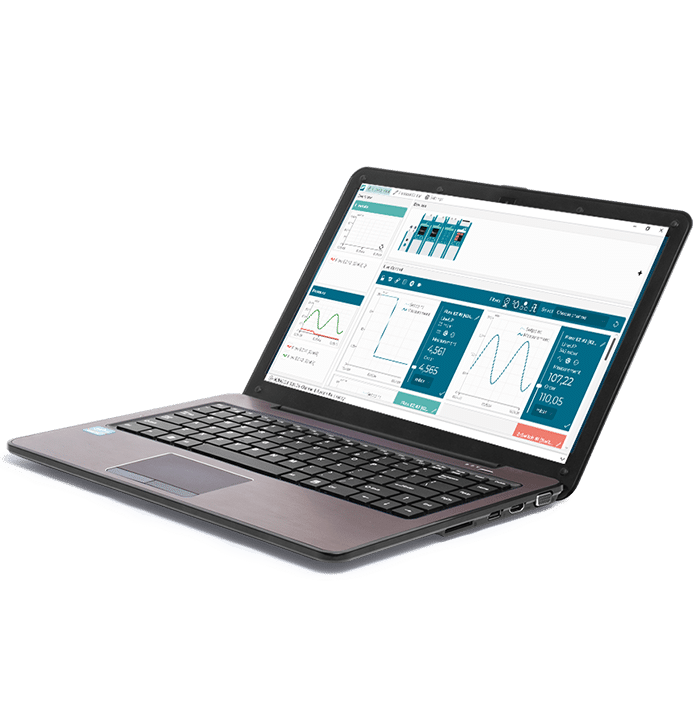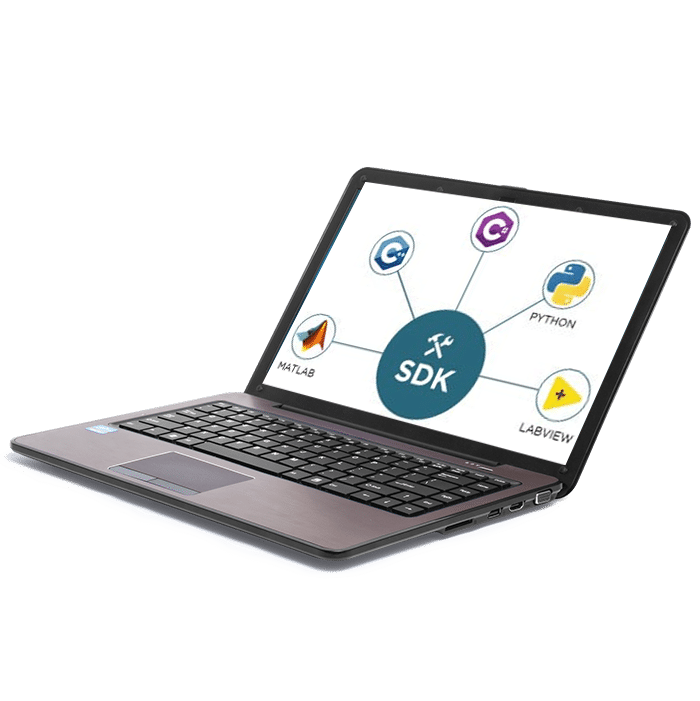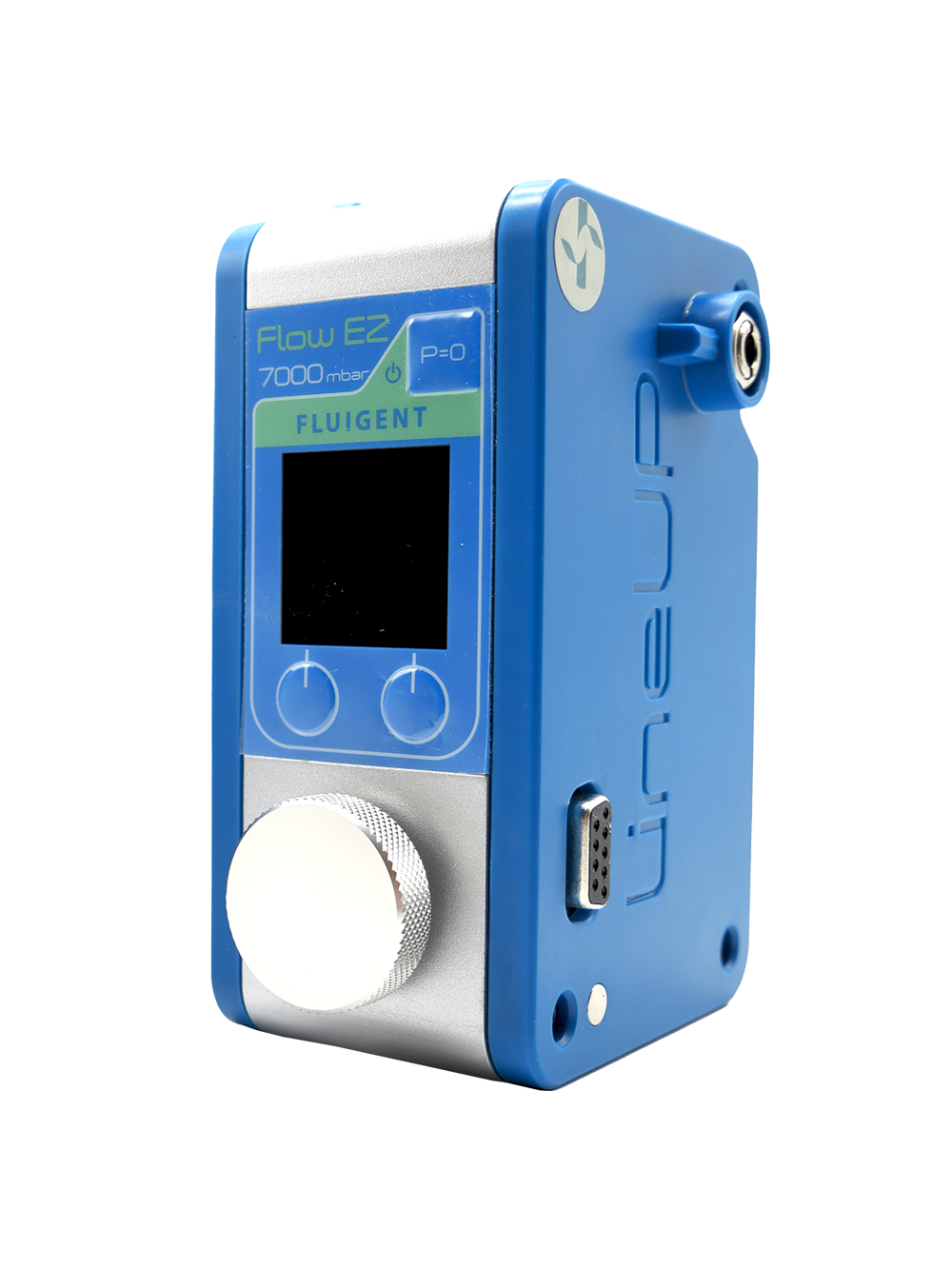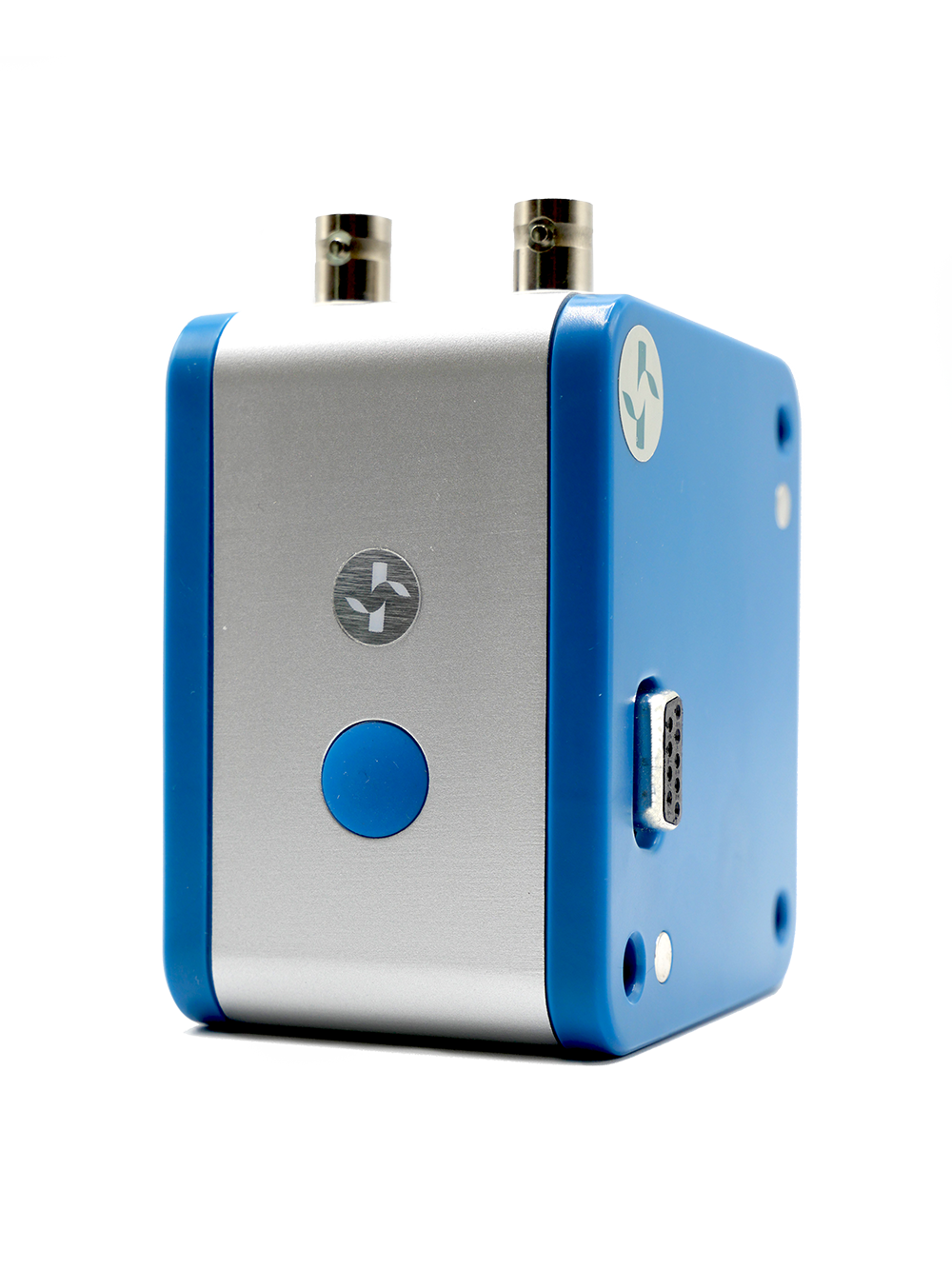Microfluidic Software Review
What is software in microfluidics?
Software is widely defined as a set of computer programs, libraries and data that tell the computer how to work. A user can usually interact with a software through a Graphical User Interface or GUI, whose content is updated by the software’s engine.
Being a leader in microfluidics instrumentation, our microfluidic software tools are mostly dedicated to controlling our microfluidics instruments, allowing for remote instruments’ control and sensor’ data logging.
How is microfluidic software instrumentation typically structured?
Microfluidic software instrumentation communicates with one or several instruments; this is achieved using communication buses/protocols. As mentioned above, it is mainly composed of a GUI and an Engine. In the case of microfluidic instrumentation software, the whole control chain is made of the following components:
1. The microfluidic instrument itself
A microfluidic instrument is made of hardware – mechanical, pneumatic and/or electronic… – parts locally controlled by the instrument’s internal software, also known as firmware. Most of the instruments, even standalone basic sensors, now use firmware. The instrument’s design, including the firmware, is made by the microfluidic instrument producer.
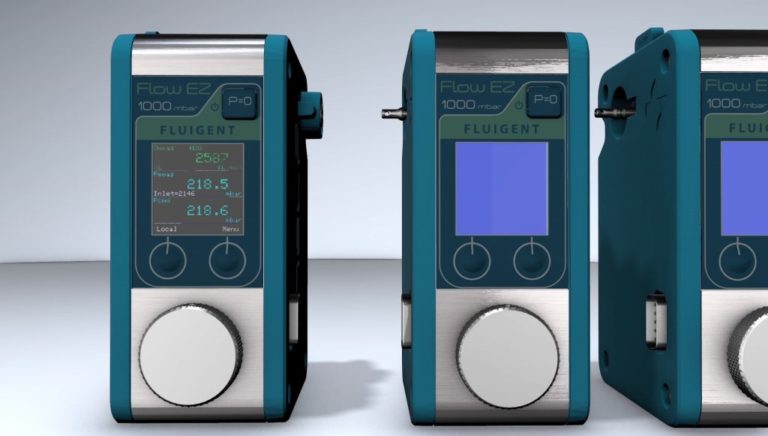
2. The microfluidic software between the fluidic instrument and the compute
The communication link between the microfluidic instrument and the computer that control is usually composed of an electrical cable; data is exchanged using electrical signal, using some communication protocol. IEEE-488 is widely used in instrumentation for example. Bluetooth, Wi-Fi or Zigbee are sometimes used, allowing wireless communication between instruments and computers.
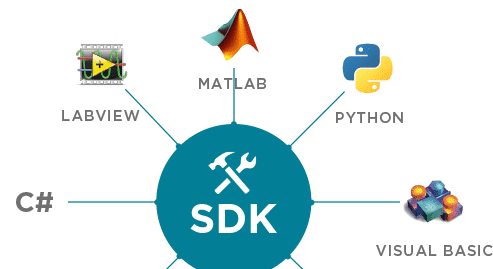
3. The computer program or software in microfluidic applications
This part of the instrumentation chain is referred to as the instrumentation software. It can be divided into different layers.
A. An instrument driver
An instrument driver is a set of software routines that control a programmable instrument, from configuration functions to read/write operations. In our case, a microfluidic instrument driver consists in a set of functions that are based on our hardware “dynamic link libraries” or DLLs.
B. Our Software Development Kit
Our Software Development Kit also referred to as SDKs, can be considered drivers to control our instruments; our microfluidic pressure controller solution LineUpTM series SDK has been largely documented and allows for seamless integration within various commonly used Integrated Development Environments.
Our high level tools use such DLLs to interact with our hardware; for example, our software OxyGEN, a single interface, with plug and play capabilities, allows you to control, monitor and automate all Fluigent products. It combines in one program all the functions and capabilities of our traditional software: A-i-O, MAT, ESS control and much more.
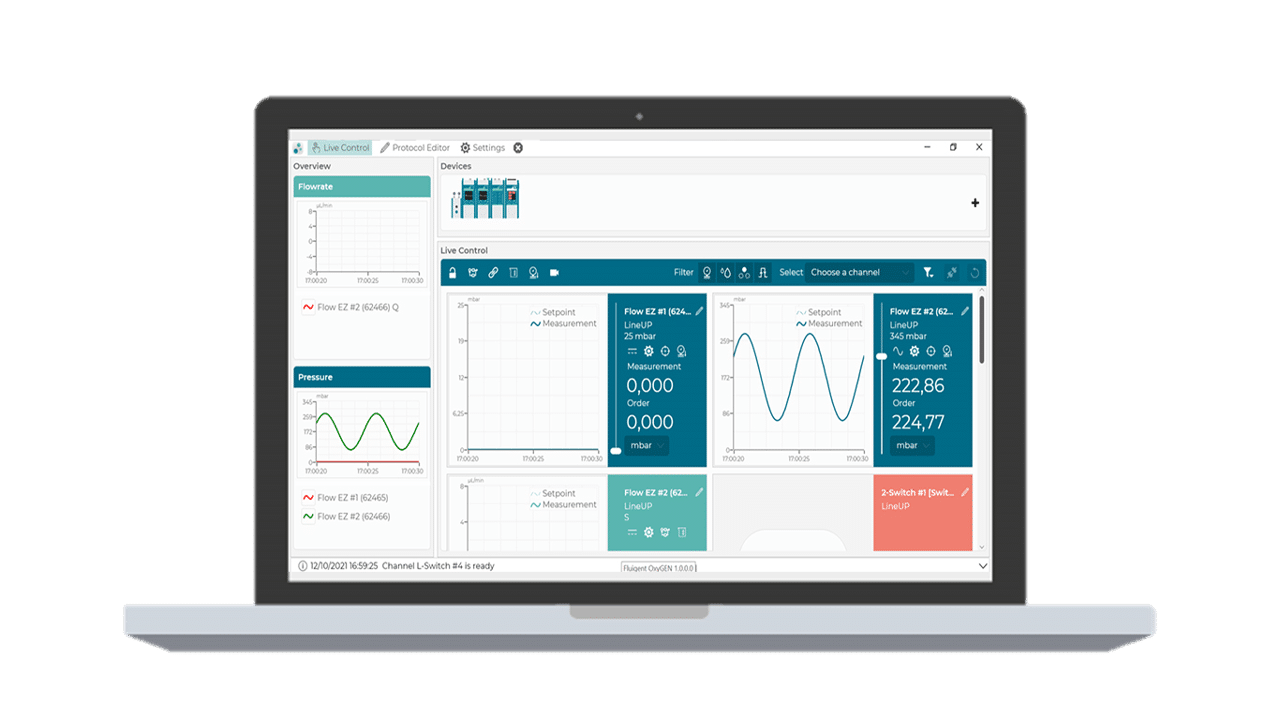
C. The middleware part of the microfluidic software
The middleware part of the microfluidic software is usually in charge of collecting measurement data and making sure they get logged according to some previously executing user’s commands and providing data used by the graphical user interface to notify the user or feed measurements display graphs.
D. The graphical user interface
This allows the user to interact with the software.
What can be achieved with our microfluidic software instrumentation tool?
2017 was a strategic year in terms of software for Fluigent; we actually released two high-level new microfluidics.
1. Quick ramp-up, a high level new microfluidics
Our microfluidics-focused software tools are designed to be user-friendly. We aim to empower everyone to work with microfluidics without the need to become software experts. If you encounter difficulties, our dedicated support team is here to assist and escalate any challenging issues or unwanted behaviors to our R&D software team experts for resolution.
2. A new software interface for all instruments, multiple operating systems and all your control needs
The new way to get full control of your microfluidic setup. OxyGEN is a single interface, with plug and play capabilities, available for common desktop OS, that allows you to control, monitor and automate all Fluigent products. It combines in one program all the functions and capabilities of our traditional software: A-i-O, MAT, ESS control and much more. Through its intuitive dashboard, OxyGEN is our new reference tool for real-time control and for developing time-based protocols focusing on pressures, flow rates, volumes, and valve control in microfluidic experiments.
Expertises & Resources
-
Product presentation videos Meet OxyGEN : AUTOMATION and REAL TIME control software – Fluigent Read more
-
Expert Reviews: Basics of Microfluidics Application of microfluidic chip technology Read more
-
Microfluidics case studies University of Maryland: Microfluidic System for Robotic that can Play Nintendo Read more
